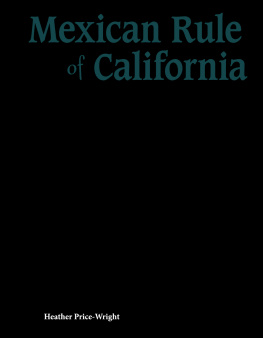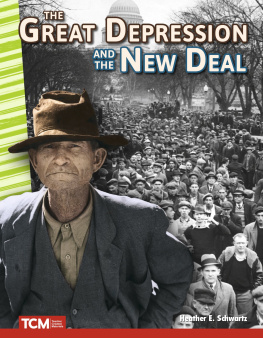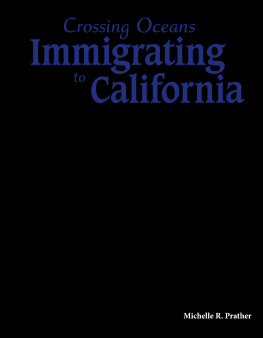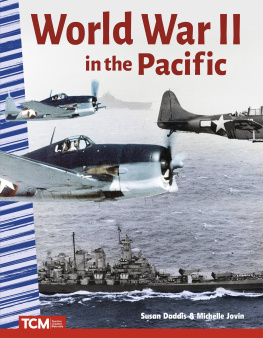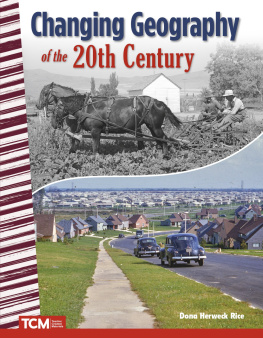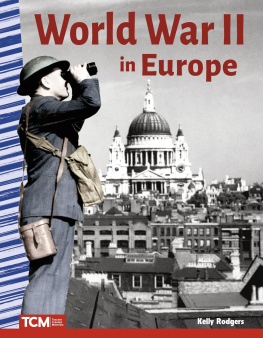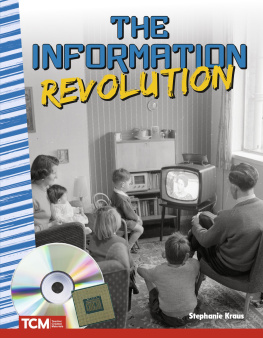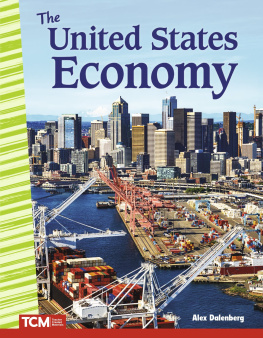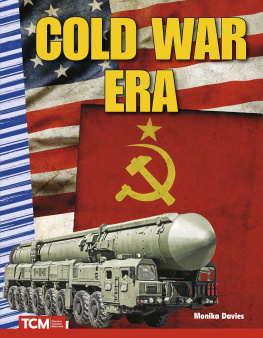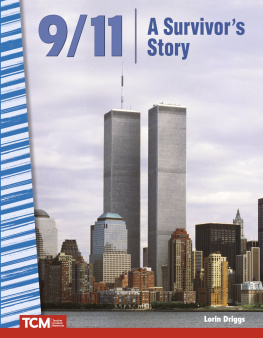
Consultant
Jennifer M. Lopez, NBCT, M.S.Ed.
Teacher SpecialistHistory/Social Studies
Office of Curriculum & Instruction
Norfolk Public Schools
Publishing Credits
Rachelle Cracchiolo, M.S.Ed. , Publisher
Conni Medina, M.A.Ed. , Editor in Chief
Emily R. Smith, M.A.Ed. , Content Director
Vronique Bos, Creative Director
Robin Erickson, Art Director
Michelle Jovin, M.A., Associate Editor
Lee Aucoin, Senior Graphic Designer
Image Credits: front cover (left), p.1 Library of Congress [LC-DIG-nclc-01059]; front
cover (background), p.1, pp.2021 LOC [LC-USZC4-1584]; back cover Julie Clopper/
Shutterstock; pp.23 LOC [LC-DIG-ppmsca-18098]; p.4 (bottom) LOC [LC-USZ62-37710];
pp.45 ilbusca/iStock; p.6 Brockhaus Kleines Konversations-Lexikon; p.7 (top) LOC
[LC-USZ62-20077]; p.7 (bottom) Underwood Archives/UIG/Bridgeman Images; pp.89
Everett Collection Historical/Alamy; p.9 (top) H. Michael Miley; p.11 Bibliotheque
Nationale, Paris, France/Archives Charmet/Bridgeman Images; pp.1213 LOC [LC-DIG-
nclc-01824]; p.14 Bettmann/Getty Images; p.15 (top) Everett Historical/Shutterstock;
p.15 (bottom) LOC, Rare Book and Special Collections Division [rbpe.33700300]; p.16
(bottom) LOC [LC-DIG-hec-08029]; pp.1617 LOC [LC-DIG-nclc-01581]; p.17 (bottom) LOC
[LC-DIG-ppmsca-06591]; p.18 LOC [LC-USZ62-111391]; p.19 (top) LOC [LC-USZ62-34985];
p.19 (bottom) International Ladies Garment Workers Union Archives, Kheel Center,
Cornell University; p.22 Granger; p.23 LOC [LC-USZC4-2654]; p.24 (left) courtesy Lejeune
Collection; p.24 (right) Jay Paull/Getty Images; p.25 (bottom) LOC [LC-USZC4-3108]; p.26
LOC [LC-DIG-stereo-1s15405]; p.27 (all) J. T. Vintage/Bridgeman Images; p.29 (top) LOC
[LC-DIG-ds-07713]; p.31 LOC [LC-USZ62-19261]; p.32 LOC [LC-DIG-stereo-1s14384]; all
other images from iStock and/or Shutterstock.
All companies, websites, and products mentioned in this book are
registered trademarks of their respective owners or developers and
are used in this book strictly for editorial purposes. No commercial
claim to their use is made by the author or the publisher.
5301 Oceanus Drive
Huntington Beach, CA 92649-1030
www.tcmpub.com
2020 Teacher Created Materials, Inc.
ISBN 978-1-0876-5518-5

Table of Contents
As the Century Turns ...................................... 4
The Big Industries ............................................
Rights for Workers .........................................
Making Moves .................................................
Policies and Politics ........................................
A Time of Change ...............................................
Organize It! .....................................................
Glossary ...........................................................
Index ................................................................
Your Turn! .......................................................

As the Century Turns
The late nineteenth and early twentieth centuries were a
time of great change in the United States. New technology
changed how Americans worked. Machines and tools made it
possible for people to work faster. Jobs moved out of peoples
homes and into large factories. This shift helped people in
many ways. Goods were cheaper. Crops could be harvested
at a faster rate, which meant more food for more people. New
industries created jobs for people.
However, these changes had some negative consequences.
Skills that helped people before were less useful. Instead of
working with their hands, people were expected to learn how
to operate machines. Working conditions were often bad.
People worked long hours in small, hot spaces. Some children
were expected to work dangerous jobs to help their families.
This period of change and growth reshaped the nation.
People moved into cities to find jobs. The country as a whole
was changing, and everyone was changing with it.
A farmer uses a steampowered
tractor to plow his field in 1907.

City Living
After the Civil War ended in 1865,
more and more people moved to
cities to find work. The population
of cities grew quickly. From 1870
to 1920, Pittsburghs population
grew from around 86,000 people to
around 590,000 people! Chicago
grew even faster as its population
swelled to nine times its size during
this period!
A Revolution
The First Industrial Revolution
happened at the beginning of
the nineteenth century. It took
place mainly in Great Britain.
British workers had new
technologies and new skills.
Over the years, these new
skills and machines spread to
other countries. They later
reached Asia and the United
States. This was the start
of the Second Industrial
Revolution.
New York City,
around 1900


